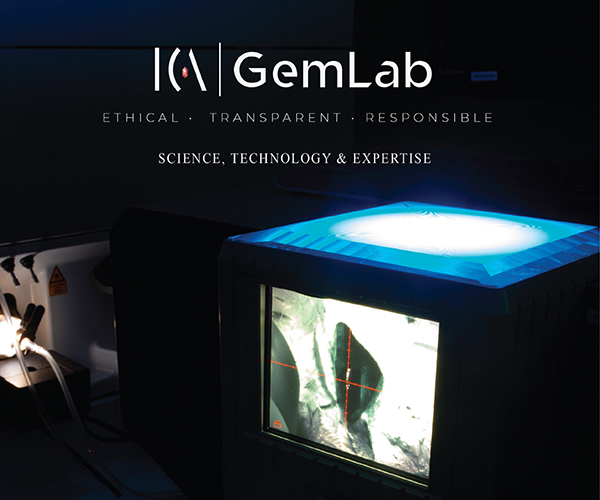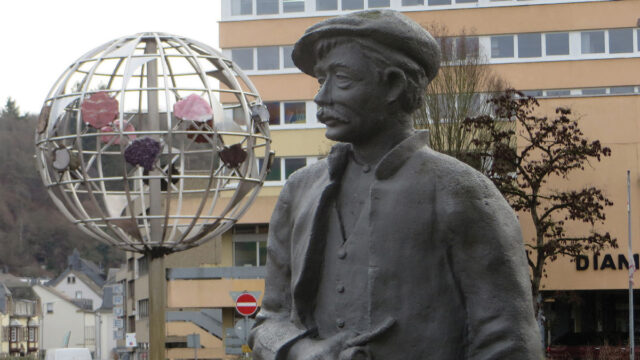
Although it may be a small town of only 30,000 souls, Idar-Oberstein, nestled in Germany’s picturesque Hunsrück Mountains, has a very large and imposing position on the global gemstone landscape. Through the centuries, miners sought out amethyst and other types of quartz (especially agate and jasper) in the area, which formed the base of what would become a very important cutting industry. Today, many of the town’s inhabitants work in the gem sector as cutters, carvers, dealers, jewelers, goldsmiths, designers, mineralogists and gemologists, many for multiple generations.

The history of Idar-Oberstein dates back to 1075, when the Stein family was first mentioned by Archbishop Udo von Nellenburg, one of the earliest residents of the area. Over the ensuing centuries, various noble families – lords, earls and the aristocracies of Sponheim, Daun, Nohfelden, and Falkenstein, among others – left their mark on the region, shaping its cultural and economic landscape. The merging of the towns of Idar and Oberstein into a single city in 1933 marked a pivotal moment, solidifying its status as a gemstone epicenter, particularly famous for gem cutting, trading and carving.
One of the most iconic landmarks is the Felsenkirche (Church in the Rock), built between 1482 and 1484 by Wyrich IV of Daun-Oberstein, in a natural niche in a rock wall. It stands as a testament to the town’s enduring spirit and serves as a beacon over Idar-Oberstein’s rooftops.
Because of Idar-Oberstein’s prominence in the gem sector, it is understandable why this small town would have three important museums. They are briefly discussed here.
The German Gemstone Museum
Idar-Oberstein’s commitment to preserving its gemological legacy is epitomized by the German Gemstone Museum (Deutsches Edelstein Museum). What began as a trading hall in the mid-19th century evolved into a premier museum, showcasing thousands of years of cutting history.
Called Gewerbehalle, this hall was created when the gem industry decided to support its members with a place to do business. A newspaper article dated from July 25, 1859 stated: The hall of industry is dedicated to the purpose of giving the manufacturers and traders of Oberstein the opportunity to exhibit the goods and merchandise, then produced, for display and sale.

(Photo: German Gemstone Museum)
In 1878, this hall underwent a transformation, slowly moving into a museum-like building. In 1909, the entrance fees collected were a total of 1,463.70 marks, paid by 3400 visitors. The trade sales amounted to 27,315.25 marks. Between 1900 and 1930, many different exhibitions took place in the Gewerbehalle.

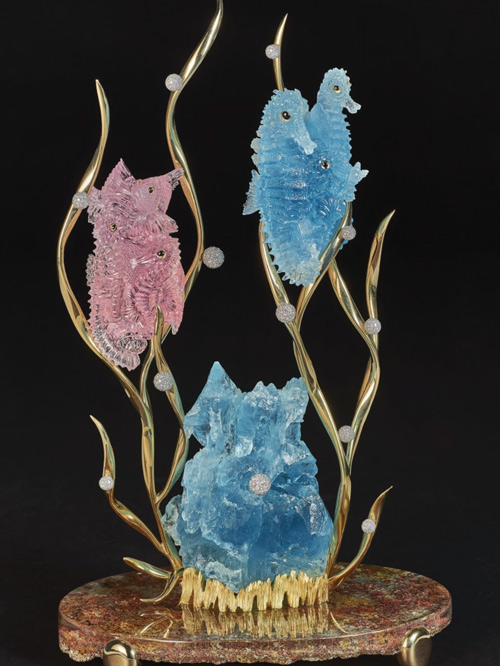
Starting in 1936, the hall and the growing museum were completely restructured, giving an exhibition area, a library, a lecture hall and a separate hall for a mineralogical collection. In 1956, the Chamber of Commerce began planning for a new, tall and exceptional building, which would become the Diamond and Precious Stones Bourse Idar-Oberstein, where both diamonds and colored gemstones would be traded. It was unanimously admitted into the World Federation of Diamond Bourses, the umbrella organization for dozens of bourses around the world.
The building’s construction was completed in 1973 and the gemstone exhibition moved into the bourse (this author remembers that the gem exhibits were on the 10th floor) and the museum was named Deutsches Edelstein Museum or German Gemstone Museum. A new star was born. During its first three years, this tourist magnet attracted about 360,000 visitors.
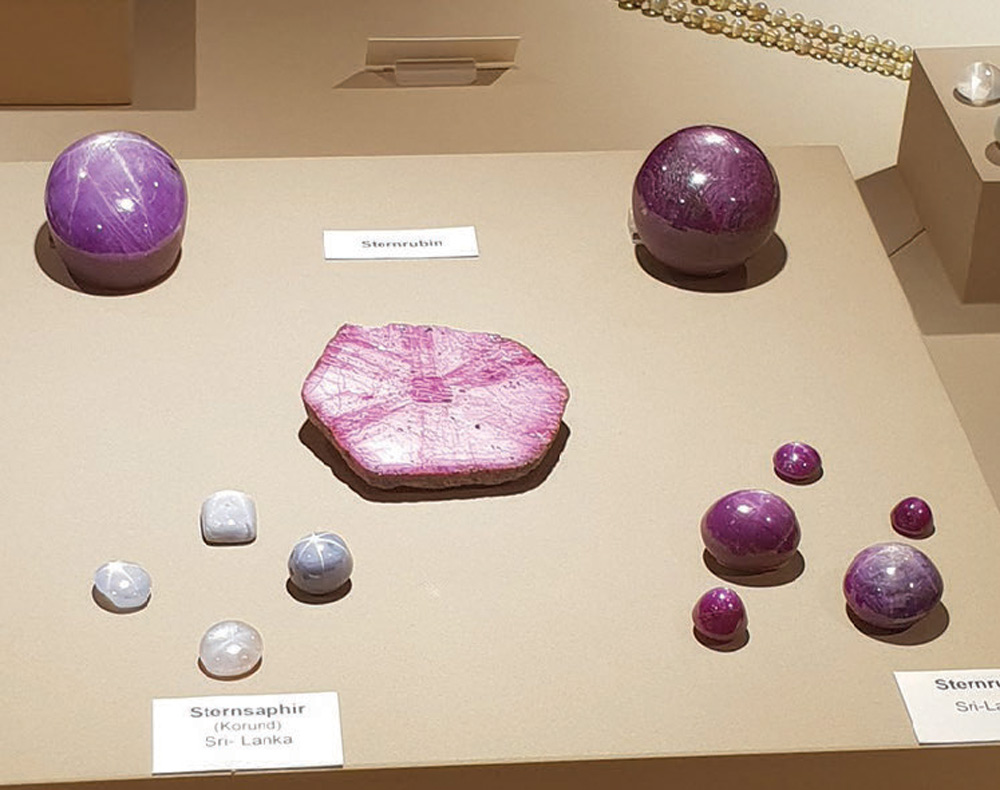
In 1986, the museum moved to its current home in the Idar section of the city, in the historic Purpers Schlösschen, a magnificent villa/mansion built in 1894 during the Founders´ Period (Gründerzeit). It was built by August Purper, a German pearl trader, for the incredible amount of one million gold marks at that time.
Today, visitors can explore three floors dedicated to gems, diamonds and historical cutting techniques. From local agates and quartzes to exotic gems from across the globe, the museum offers a comprehensive journey through the artistry and craftsmanship that define the gemstone industry. Special exhibitions held periodically ensure there’s always something new to discover.
Carvings and sculptures created as far back as 150 years are also on display as are cutting techniques, ranging from historical methods to the modern diamond cut, which visitors can follow in detail. And so much more.
Opening times: Daily from 9.30 a.m. to 5.30 p.m. www.edelsteinmuseum.de
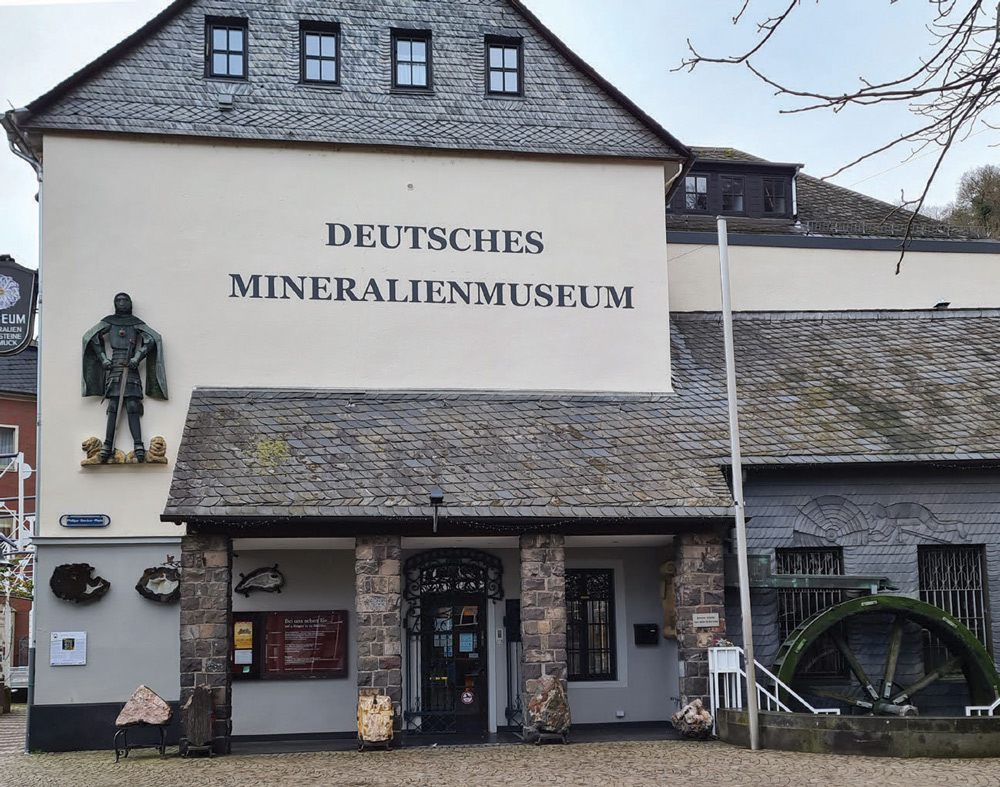
The German Mineral Museum
Founded in 1932 by the club Die Heimatfreunde (Home Friends), the Heimatfreunde Museum showcased minerals and rough gems from around the world, as well as products of the local jewelry and gem industry. In 1937, the museum moved to the Oberstein part of the city, beneath the Felsenkirche.
During and after World War II, Philipp Becker, the chairman of the club and a longtime gem dealer, rescued the inventory of the museum and rebuilt the museum with the help of a handful of colleagues.
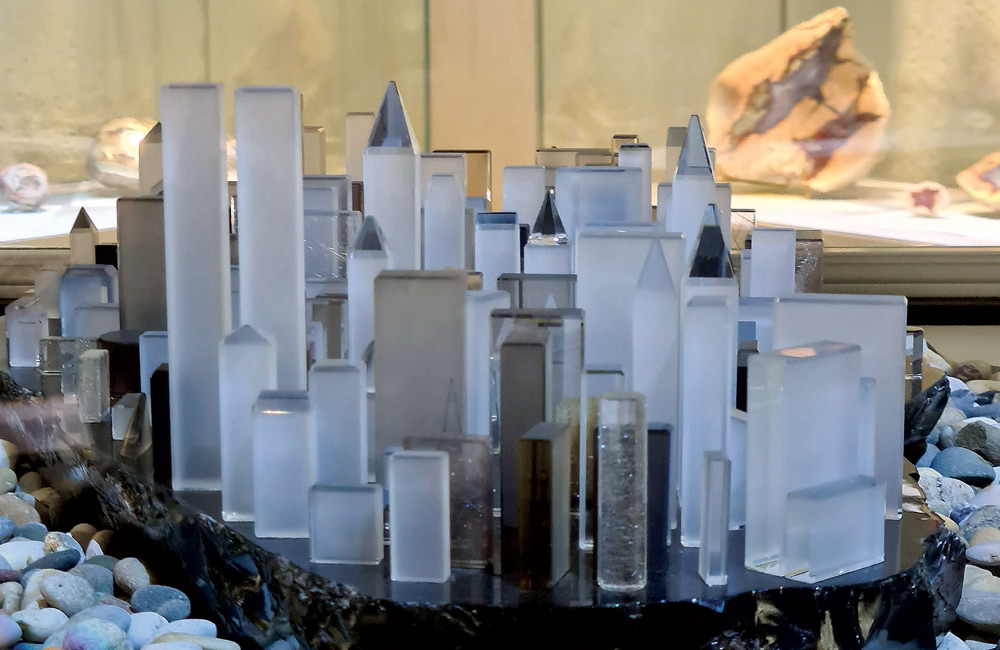
In 1970, Alfred Peth became the chairman of the Heimatfreunde and its museum. During his tenure, the museum attracted about 150,000 visitors a year. In 2012, the museum’s name was changed to Deutsches Mineralien-Museum. In 2021, Hans-Jörg Ruschke took over the reins as chairman.
The museum’s commitment to education and exploration is evident in its diverse exhibits, which range from fluorescent minerals to a display of fossils dating back millions of years. Special attention is also given to the esoteric and healing properties associated with gemstones, including those attributed to Saint Hildegard of Bingen.
Summary of exhibits in 24 rooms over four floors in the German Mineral Museum
- Gems and minerals from all over the world, including huge quartz crystals.
- Jewelry made in Idar-Oberstein in the 19th and 20th centuries, including fine Art Deco jewelry.
- Minerals from the gemstone region of Idar- Oberstein, especially agate and jasper.
- A functioning historical cutting machine powered by a water-driven wheel (Achatschleife).
- Remarkable display of fluorescent minerals.
- A fine collection of gemstone artwork (glyptothek), notably cameos, intaglios and sculptures.
- Special attention is also given to the esoteric and healing properties associated with gems, including those attributed to Saint Hildegard of Bingen.
- A collection of replicas of historic diamonds and amous crowns, as well as amber and primitive money made of agate, carnelian and other gems.
- A selection of fossils such as crinoids, sea crabs and others, some dating back 400 million years.


intaglios and sculpture on display at the German Mineral Museum.
In 2015, this author researched the complete library of that museum for his book Asterism – Gems with a Star, taking advantage of the museum’s exhaustive collections of works relating to the phenomena of star gems.
Since 2019, the permanent exhibition, called Born of Flames (Aus Flammen Geboren), has displayed 50 fantastic, mythological and magnificent sculptures, composed of rare minerals and metals. Shown are Chinese dragons, an Egyptian sphinx, Indian elephants, owls as the symbol of wisdom, eagles and hawks as symbols of power and force, along with philosophers such as Victor Hugo, Novalis and Dante. These incredible masterpieces were donated by the French artist couple Claudius and Katherine Dimitri Barbat.
Opening times: Daily 10 a.m. to 5 p.m. www.deutsches-mineralienmuseum.de
The Jacob Bengel Industrial Monument
For those fascinated by the art of jewelry-making, the Bengel Industrial Monument (Jacob Bengel Industriedenkmal) offers a journey through history. Founded in 1873, the museum showcases the evolution of jewelry production through original chain machines, presses and other tools. Visitors can witness firsthand the meticulous craftsmanship that has defined Idar-Oberstein’s jewelry industry, while following the process from design to finished product.
Located in the historic Jacob Bengel watch chain and jewelry factory, the museum also has a large and exquisite permanent collection of Art Deco jewelry. The name Jakob Bengel once enjoyed an excellent reputation for its fashion jewelry collections.
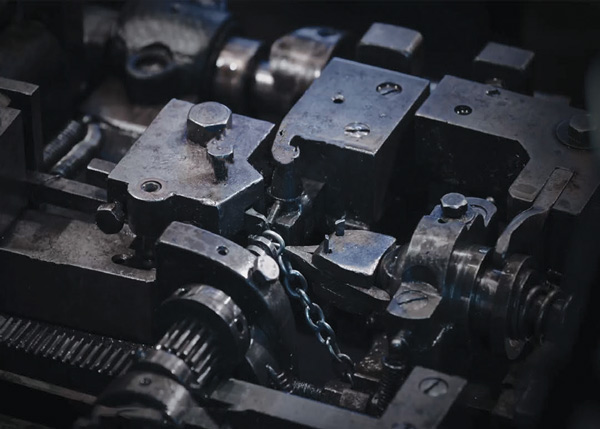

Located in the Villa Bengel, the former residence of the factory’s owner, adds an air of nostalgia and authenticity to the experience. Changing exhibitions that feature international jewelry artists and students further enrich the museum’s vibrant atmosphere.
Opening times are Tuesday to Sunday: 10 a.m. to 5 p.m. www.jakob-bengel.de

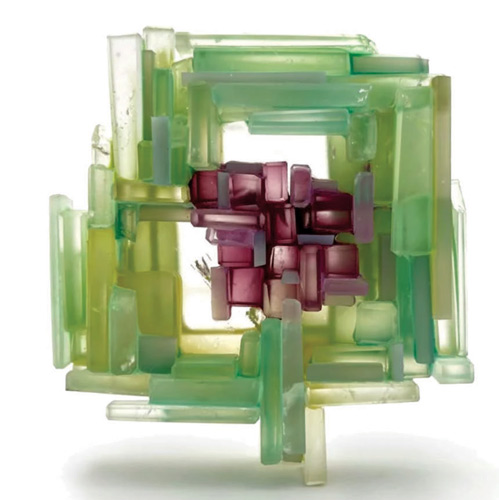
Idar-Oberstein’s museums stand as tributes to the town’s enduring legacy as a gemstone paradise. Whether a history enthusiast, a gemstone aficionado, or simply seeking to immerse oneself in the beauty of natural wonders, a visit to these museums promises an unforgettable experience. From ancient minerals to contemporary jewelry artistry, Idar-Oberstein invites visitors to explore the depths of its cultural and geological treasures.
Fun fact… In 2016, Idar Oberstein became National Park City (Nationalparkstadt) and, in 2007, American actor Bruce Willis was appointed as its special ambassador. The reason: he was born in Idar-Oberstein in 1955, the son of a German mother and an American GI father.
Photos are from the author unless otherwise indicated.






